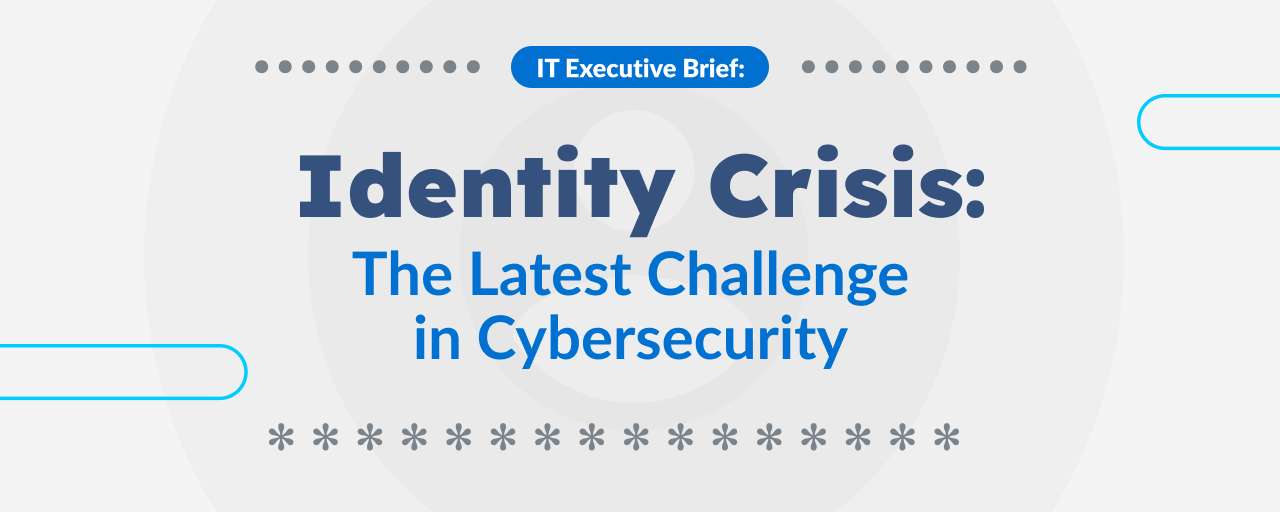Cookie Consent
By clicking “Accept”, you agree to the storing of cookies on your device to enhance site navigation, analyze site usage, and assist in our marketing efforts. View our Privacy Policy for more information.

Cybercriminals no longer focus attacks solely on cloud infrastructure, applications and end points because an easier and more lucrative target awaits. Instead, they are now prioritizing the most valuable asset in the digital ecosystem—user identities. Compromised credentials are now the leading cause of security breaches, and organizations need to rethink how they protect a vulnerable attack surface: identity.
Why break into a system when you can log in with stolen credentials? Cybercriminals have clearly figured out this path of least resistance. Security measures, such as Security Information and Event Management (SIEM) systems and Security Operations Centers (SOC), react after an attack occurs—when the damage has already been done. Identity and Access Management (IAM) platforms simply implement prevention measures and fall short when cybercriminals exploit legitimate user identities to bypass security measures. This reactive stance stretches out identity security incident remediation to an average of 10 months and can cost companies millions (IBM).
It's time to stop opening the door for cybercriminals to exploit your organization. Proactive, real-time Identity Threat Detection and Response (ITDR) solutions continuously monitor user behavior and employ AI behavior analytics and identity intelligence to detect real-time anomalies before attackers cause downstream harm.
Key pillars of a strong ITDR strategy include:
In the fight to protect user identities, proactive ITDR isn't optional; it’s now become imperative. A comprehensive ITDR strategy gives organizations the tools to detect and neutralize identity threats before they escalate, safeguarding not just data but the trust that users place in a brand. By making identity security a keystone of your cybersecurity strategy, you can protect your organization from the most damaging cyberattacks today.
Read the full IT Executive Brief to learn how to build a proactive identity security strategy that keeps attackers out: IT Executive Brief.